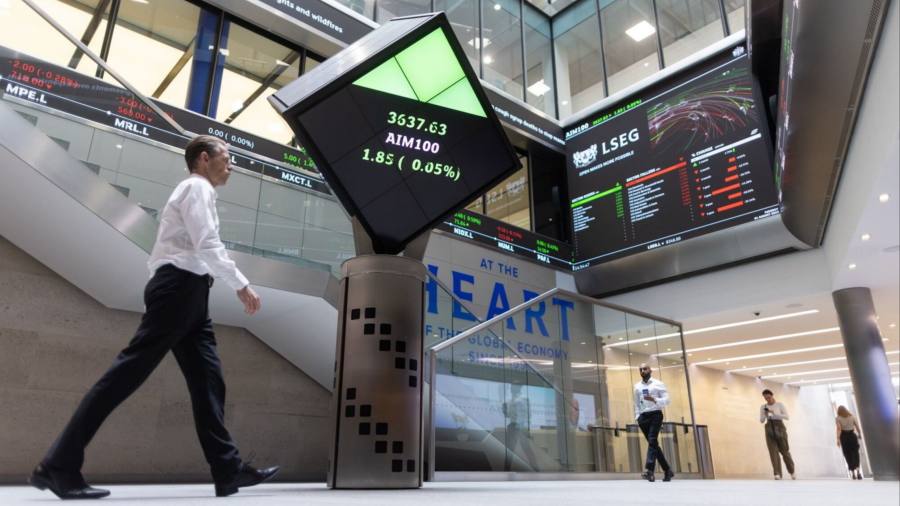Receive free Investment trusts updates
We’ll send you a myFT Daily Digest email rounding up the latest Investment trusts news every morning.
A post-pandemic recovery in dividends has helped prop up investment trusts, as their managers wrestle with widening discounts and a fall in investor confidence.
Henderson Smaller Companies this week became the 20th investment trust to be labelled a “dividend hero” by the Association of Investment Companies, a trade body, for increasing dividends each year for at least two consecutive decades.
The fund follows Athelney Trust and BlackRock Smaller Companies, which joined the list earlier this year, as dividend cover continued to recover from lows during the pandemic.
“We saw income from the portfolio rapidly fall during Covid. We’ve rebounded strongly from that,” said Neil Hermon, Henderson Smaller Companies’ portfolio manager. He said the trust had seen dividend income increase by 30 per cent from pre-pandemic levels in 2019, up to £25mn in the 12 months to June this year.
A recovery in dividends is a benefit for investors who have held trusts for income despite a drop in valuations and a hit to performance brought on by higher interest rates.
This week, the FTSE All-Share Closed End Investments Index was down 8.8 per cent over the past year, according to Bloomberg. Investment trusts have come under fire recently over poor performance. The use of gearing — borrowing to help finance investments — has magnified trusts’ losses as equities underperformed last year.
The discount on investment trusts averaged 16 per cent in the first quarter of the year, according to analysts at Stifel, an investment bank. This was up from 13 per cent in the previous quarter, and discounts are at around their widest levels since the 2008 global financial crisis.
Investment trusts are not required to pay out all income received from investments each year, allowing them to build a payout buffer. Unlike open-ended funds, the listed vehicles can hold up to 15 per cent of annual revenues back to help smooth out future dividends.
Hermon said this structure helped Henderson’s fund during the pandemic as underlying holdings paused or cut dividends, partly due to public opposition to shareholder payouts at a time when the taxpayer was supporting industry through business loans and the furlough scheme.
The addition of a trust to the AIC’s “dividend hero” list adds pressure on a fund to keep improving its annual dividend payouts, as failure to do so would result in expulsion.
“The prospect of a reliable growing income stream helps to boost demand for these funds — we calculate that 13 of the 20 ‘dividend heroes’ are trading at higher ratings than their peer group average,” said Emma Bird, head of investment trusts research at Winterflood Securities.
Even though some trusts in the AIC’s list trade at a discount, Bird said investors generally preferred continuing dividend growth rather than share buybacks, a tool which can boost the share price.
However, uncertainty remains around smaller investment trusts due to the risk of being wound up, acquired or merged with another fund. Asset manager Abrdn announced a series of mergers following a “comprehensive review” at the start of 2023.
“Investment trusts have approached their widest discounts since the financial crisis, there’s a hell of a lot of uncertainty around,” said Alan Brierley, analyst at Investec. He said investors should consider the sustainability of any dividends before making an investment decision.
Brierley cautioned long-term investors that widening discounts in the near term were less of a concern and should be considered separately to dividends.
Read the full article here



